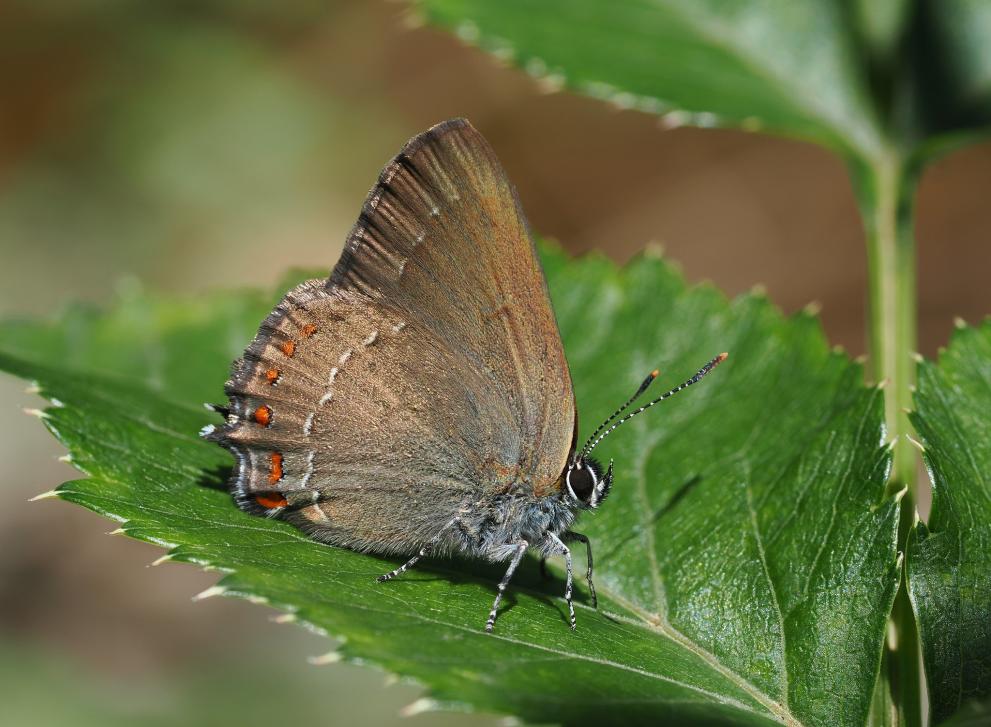
The European Red List is a review of the status of European species according to the IUCN regional Red Listing guidelines. It identifies those species that are threatened with extinction at the European level (Pan-Europe and the European Union) so that appropriate conservation action can be taken to improve their status.
To date 15,060 species have been assessed on the European Red List including invertebrate species such as dragonflies, grasshoppers, crickets and bush-crickets. In particular the red list has been key in establishing an understanding of the status of pollinating insects in Europe with three pollinator groups having been assessed so far (butterflies, bees and hoverflies).
Learn more about the European Red List Initiative.
The European Red List of Hoverflies assessed the extinction risk of all hoverfly species native to Europe, and will contribute to guiding decisions and conservation action for these species at the European level. It is part of a continent-wide initiative that aims to raise awareness on the important role hoverflies play in our food systems and biodiversity.
This three-year project (2019-2022) was led by IUCN in close cooperation with the IUCN Species Survival Commission Hoverfly Specialist Group.
Please find below the publication that summarizes the results of the assessment.
European Red List of Hoverflies
Moths, with nearly 10,000 species in Europe, far outnumber butterflies and play a crucial role in ecosystems. They are vital pollinators, sometimes even more effective than bees, and serve as a key food source for birds, bats, and other wildlife. Their sensitivity to environmental changes makes them important indicators of ecosystem health.
Despite their importance, moth populations are declining due to human activities. To address this, the European Commission is funding the first European Red List of Moths, assessing the extinction risk of 3,000 species. Coordinated by the IUCN, this project will provide critical conservation insights, with results expected by December 2024. Stay updated via the IUCN website and social media.
The IUCN Species Survival Commission (SSC) Specialist Groups are science-based networks of volunteer experts that are critical in the development of the IUCN Red List of Threatened Species. In the context of pollinator conservation, the following groups are the most relevant:
The European Commission's 'Red List of Taxonomists' project assesses the decline in insect taxonomists across Europe. Nearly half (41.4%) of insect orders lack sufficient scientific coverage, even for major groups like beetles, butterflies, and bees. The project gathered data from scientific articles, databases, institutions, and over 1,500 taxonomists through a self-declaration survey.
The findings classify taxonomic expertise into categories similar to the IUCN Red List, from 'Eroded Capacity' to 'Adequate Capacity.' Expertise is weakest in biodiverse regions, with most taxonomists being older males. Filling these gaps is essential for species conservation and biodiversity protection.
The European Red List of Insect Taxonomists, created by CETAF, IUCN, and Pensoft, reveals a decline in insect taxonomists across Europe. The report reflects diverse perspectives from biodiversity science, conservation, academia, and research institutions.
European Red List of insect taxonomists - report
European red list of insect taxonomists - status and capacity of taxonomic expertise in Europe
